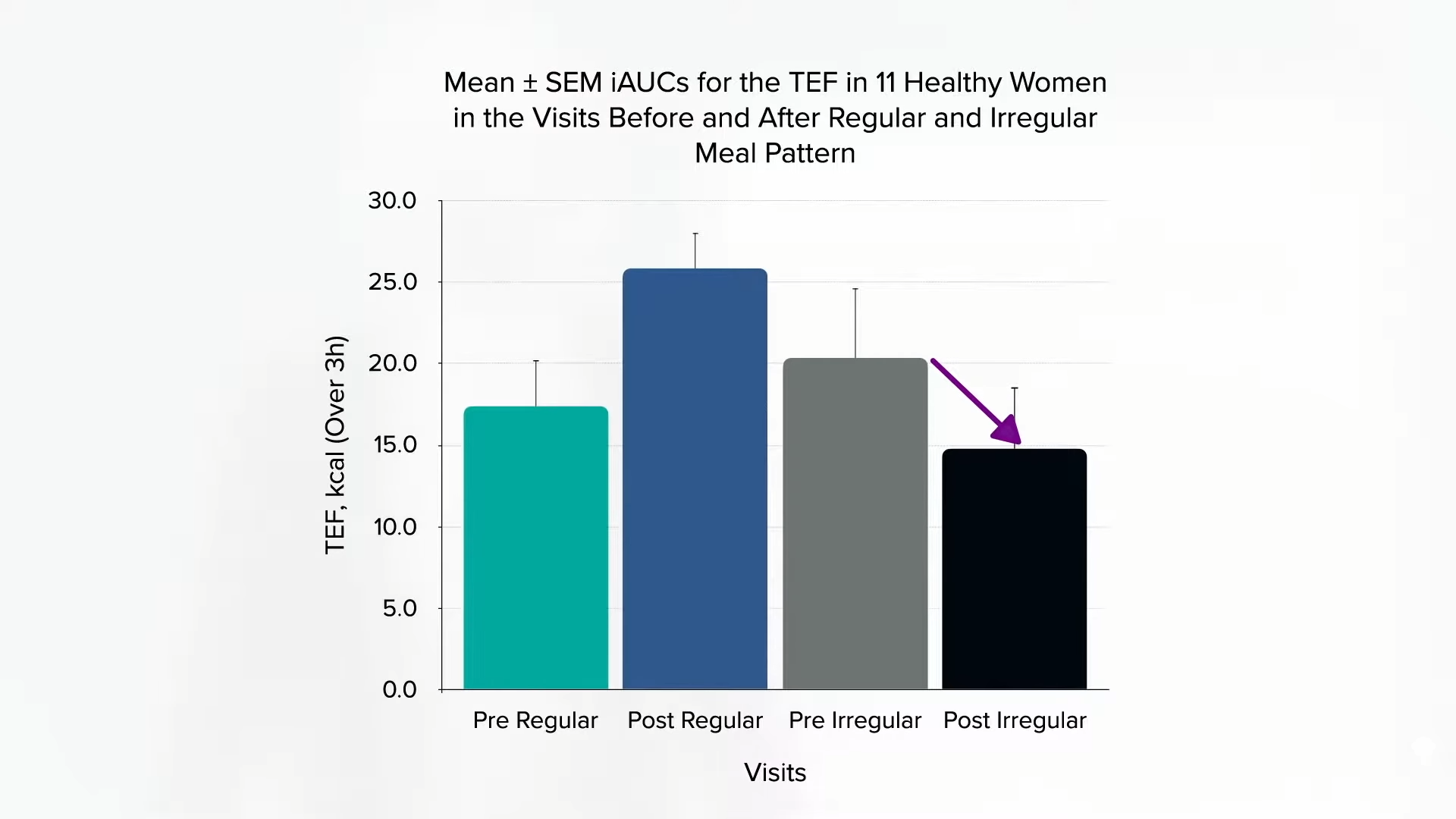What can shift workers do to moderate the adverse effects of circadian rhythm disruption?
Shift workers may have higher rates of death from heart disease, stroke, diabetes, dementia, and cardiovascular disease, as well as higher rates of death from cancer. Graveyard shift, indeed! But, is it just because they’re eating out of vending machines or not getting enough sleep? Highly controlled studies have recently attempted to tease out these other factors by putting people on the same diets with the same sleep—but at the wrong time of day. Redistributing eating to the nighttime resulted in elevated cholesterol and increases in blood pressure and inflammation. No wonder shift workers are at higher risk. Shifting meals to the night in a simulated night-shift protocol effectively turned about one-third of the subjects prediabetic in just ten days. Our bodies just weren’t designed to handle food at night, as I discuss in my video The Metabolic Harms of Night Shifts and Irregular Meals.
Just as avoiding bright light at night can prevent circadian misalignment, so can avoiding night eating. We may have no control over the lighting at our workplace, but we can try to minimize overnight food intake, which has been shown to help limit the negative metabolic consequences of shift work. When we finally do get home in the morning, though, we may disproportionately crave unhealthy foods. In one experiment, 81 percent of participants in a night-shift scenario chose high-fat foods, such as croissants, out of a breakfast buffet, compared to just 43 percent of the same subjects during a control period on a normal schedule.
Shiftwork may also leave people too fatigued to exercise. But, even at the same physical activity levels, chronodisruption can affect energy expenditure. Researchers found that we burn 12 to 16 percent fewer calories while sleeping during the daytime compared to nighttime. Just a single improperly-timed snack can affect how much fat we burn every day. Study subjects eating a specified snack at 10:00 am burned about 6 more grams of fat from their body than on the days they ate the same snack at 11:00 pm. That’s only about a pat and a half of butter’s worth of fat, but it was the identical snack, just given at a different time. The late snack group also suffered about a 9 percent bump in their LDL cholesterol within just two weeks.
Even just sleeping in on the weekends may mess up our metabolism. “Social jetlag is a measure of the discrepancy in sleep timing between our work days and free days.” From a circadian rhythm standpoint, if we go to bed late and sleep in on the weekends, it’s as if we flew a few time zones west on Friday evening, then flew back Monday morning. Travel-induced jet lag goes away in a few days, but what might the consequences be of constantly shifting our sleep schedule every week over our entire working career? Interventional studies have yet put it to the test, but population studies suggest that those who have at least an hour of social jet lag a week (which may describe more than two-thirds of people) have twice the odds of being overweight.
If sleep regularity is important, what about meal regularity? “The importance of eating regularly was highlighted early by Hippocrates (460–377 BC) and later by Florence Nightingale,” but it wasn’t put to the test until the 21st century. A few population studies had suggested that those eating meals irregularly were at a metabolic disadvantage, but the first interventional studies weren’t published until 2004. Subjects were randomized to eat their regular diets divided into six regular eating occasions a day or three to nine daily occasions in an irregular manner. Researchers found that an irregular eating pattern can cause a drop in insulin sensitivity and a rise in cholesterol levels, as well as reduce the calorie burn immediately after meals in both lean and obese individuals. The study participants ended up eating more, though, on the irregular meals, so it’s difficult to disentangle the circadian effects. The fact that overweight individuals may overeat on an irregular pattern may be telling in and of itself, but it would be nice to see such a study repeated using identical diets to see if irregularity itself has metabolic effects.
Just such a study was published in 2016: During two periods, people were randomized to eat identical foods in a regular or irregular meal pattern. As you can see in the graph below and at 4:47 in my video, during the irregular period, people had impaired glucose tolerance, meaning higher blood sugar responses to the same food.
They also had lower diet-induced thermogenesis, meaning the burning of fewer calories to process each meal, as seen in the graph below and at 4:55 in my video.

The difference in thermogenesis only came out to be about ten calories per meal, though, and there was no difference in weight changes over the two-week periods. However, diet-induced thermogenesis can act as “a satiety signal.” The extra work put into processing a meal can help slake one’s appetite. And, indeed, “lower hunger and higher fullness ratings” during the regular meal period could potentially translate into better weight control over the long term.
The series on chronobiology is winding down with just two videos left in this series: Shedding Light on Shedding Weight and Friday Favorites: Why People Gain Weight in the Fall.
If you missed any of the other videos, see the related posts below.







